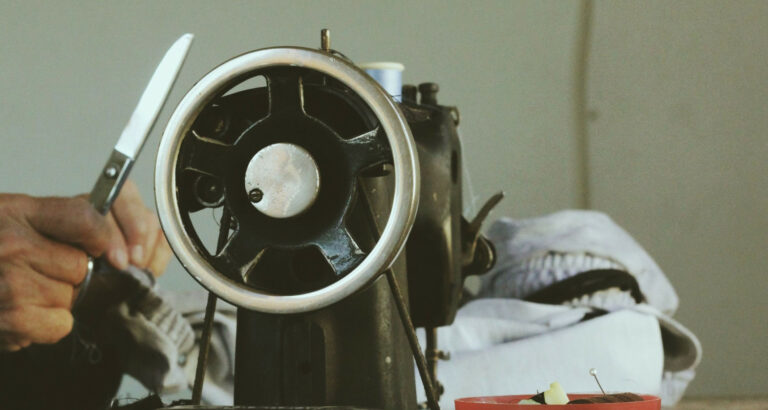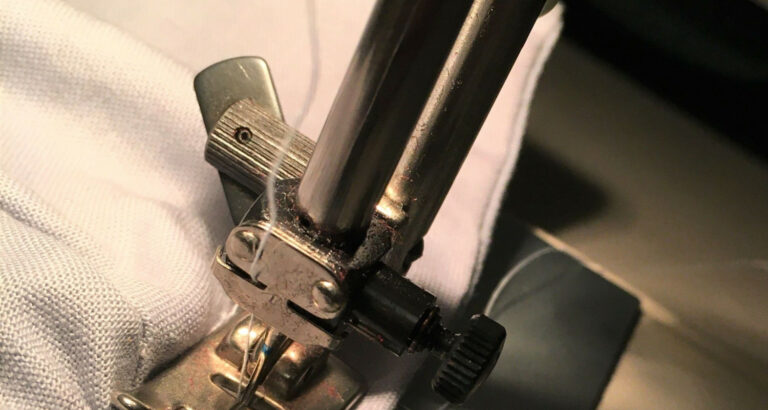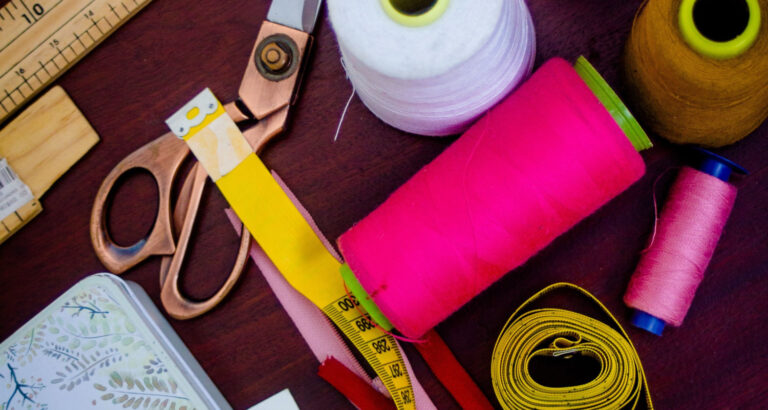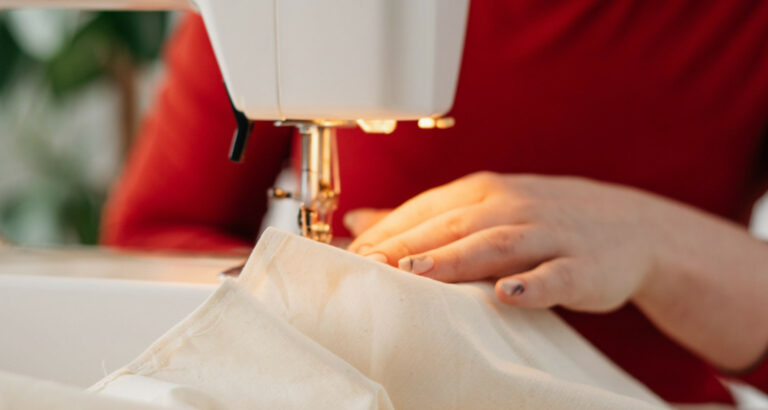Mastering the art of Quilting on a regular Sewing machine can be both fulfilling and practical. This guide provides expert tips to help you navigate the challenges, from machine setup and thread selection to techniques that will empower you to create beautiful quilts, one stitch at a time, and resolve the query “how to quilt on a regular sewing machine.”
Begin by assembling your quilt sandwich, selecting the appropriate thread, and setting the machine tension. Consider Quilting in smaller sections, manage fabric smoothly, and practice patience. Using your standard Sewing machine, you can create stunning quilts with practice and dedication.
Reading an article on “How to Quilt on a Regular Sewing Machine: Expert Tips” offers invaluable insights for quilters. It provides essential knowledge, techniques, and tricks to overcome challenges, empowering beginners and experienced quilters to create beautiful quilts and explore their creativity on a standard Sewing machine. How to Shorten a Dress Without Sewing? Check out this.
How to quilt on a regular sewing machine: The Essentials of Quilting
Quilting is a centuries-old material work of art that includes Quilting together layers of texture to make a cushioned, enriching material. This material, known as a blanket, commonly comprises a top layer produced using different texture pieces, a center layer of batting for protection, and a sponsorship texture. Quilting fastens secure these layers together, adding usefulness and tasteful enticement to the completed piece. You can also Check out how to Make Your Own Sewing Patterns
There are two essential strategies for Quilting: hand Quilting and Machine Quilting.
Hand Quilting:
This conventional methodology includes manually Quilting the layers together utilizing a needle and string. Hand Quilting offers exact control and takes into account complicated, customized plans. 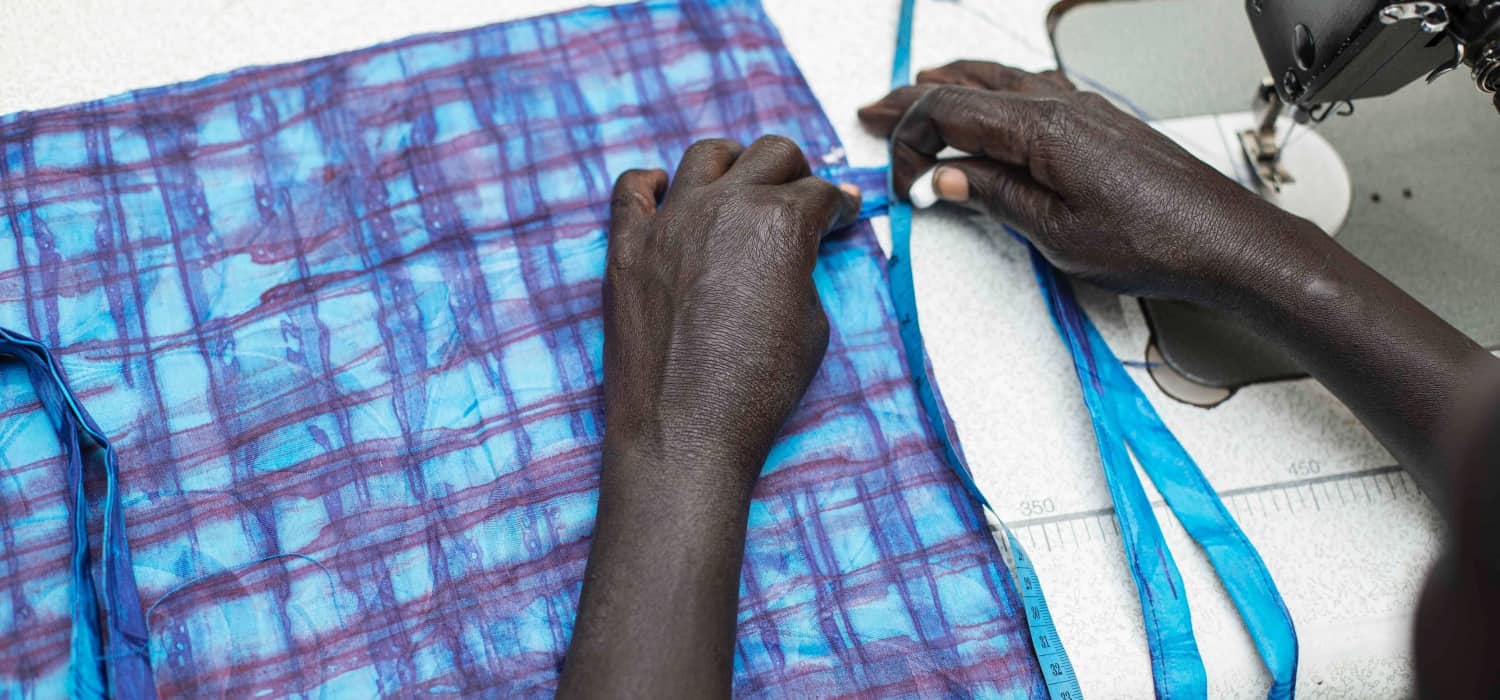 Nonetheless, it is a tedious interaction and expects the practice to accomplish predictable, even join.
Nonetheless, it is a tedious interaction and expects the practice to accomplish predictable, even join.
Machine Quilting:
This technique is quicker and ideal for those looking for effectiveness. Machine Quilting offers various line designs and can be utilized for both practical and creative blankets.  It’s a well-known decision for current quilters.
It’s a well-known decision for current quilters.
Fundamental instruments and materials for Quilting include:
The following- 
- Texture: Different texture types and varieties are utilized for the blanket top, and an organizing texture is used for the sponsorship. Cotton is a famous decision because of its sturdiness and simplicity of Quilting.
- Batting: The protection layer between the top and support textures. Batting materials differ in thickness and warmth, permitting you to pick in light of your inclinations and the expected utilization of the blanket.
- Needles and String: For hand Quilting, you’ll require Quilting needles with a little eye for simple stringing. A solid, sturdy string is fundamental. Machine quilters utilize unique Quilting machine needles and string reasonable for their machines.
- Cutting Apparatuses: Revolving cutters, Quilting rulers, and self-mending cutting mats are fundamental for exact texture cutting.
- Sewing machine (for machine Quilting): If you decide on machine Quilting, a Sewing machine with Quilting highlights and a mobile foot connection is strongly suggested.
- Quilting Casing or Circle (for hand Quilting): These devices assist with keeping the texture rigid and make hand Quilting more reasonable.
- Checking Devices: Texture pencils, chalk, or launderable markers are utilized to stamp Quilting lines and examples of the texture.
- Self clasping Pins or Quilting Clasps: These keep the blanket layers intact while Quilting briefly.
- Quilting Examples: Plan layouts or stencils for making different Quilting examples or themes.
Learning the fundamentals of Quilting and assembling the essential instruments and materials can create a fulfilling and inventive side interest. Whether you favor the immortal appeal of hand Quilting or the speed and accuracy of machine Quilting, Quilting offers many opportunities for articulation and craftsmanship.
See Also: Top 10 Best Sewing Tips for Beginners
Setting up Your Sewing machine
How to quilt on a regular sewing machine? Here are the fundamental stages:
Changing the Settings:
Here’s what you can do.
- Set your Sewing machine on a level, stable surface with sufficient room for your texture.
- Guarantee it’s connected or controlled, and the foot pedal (assuming material) is associated.
- Select the suitable join type and length for your task. Everyday decisions incorporate straight lines, crisscrosss, or beautiful join.
- Change the strain dial to accomplish the ideal string pressure, typically founded on the texture type and thickness. Counsel your machine’s manual for directions.
- Set the presser foot strain to match your texture’s thickness. Heavier textures require more tension, while fragile ones need less.
- String the machine following the stringing guide in your manual, guaranteeing the string streams flawlessly through the strain circles and the needle’s eye.
Picking the Right Needle and String:
How to quilt on a regular sewing machine? Here’s what you can do.
- Select a needle that is reasonable for your texture type and weight. An all-inclusive arrow frequently functions admirably for general Quilting, yet exceptional hands are accessible for denim, stretch textures, and different materials.

- Match the string to your venture—thicker strings for weighty textures and more slender strings for lightweight textures. Consider utilizing a string variety that supplements or differences with your surface.
See Also: What Is A Nap In Sewing? Understanding Sewing Terminology
Setting up the Bobbin:
How to quilt on a regular sewing machine? Here’s what you can do.
- Wind a bobbin with the ideal string tone. Counsel your machine’s manual for explicit bobbin winding guidelines.
- Guarantee the Bobbin is accurately positioned in its holder and strung through the bobbin case, following the machine’s stringing graph.
- Get the bobbin string up through the needle plate by turning the handwheel physically (whenever expected by your machine).
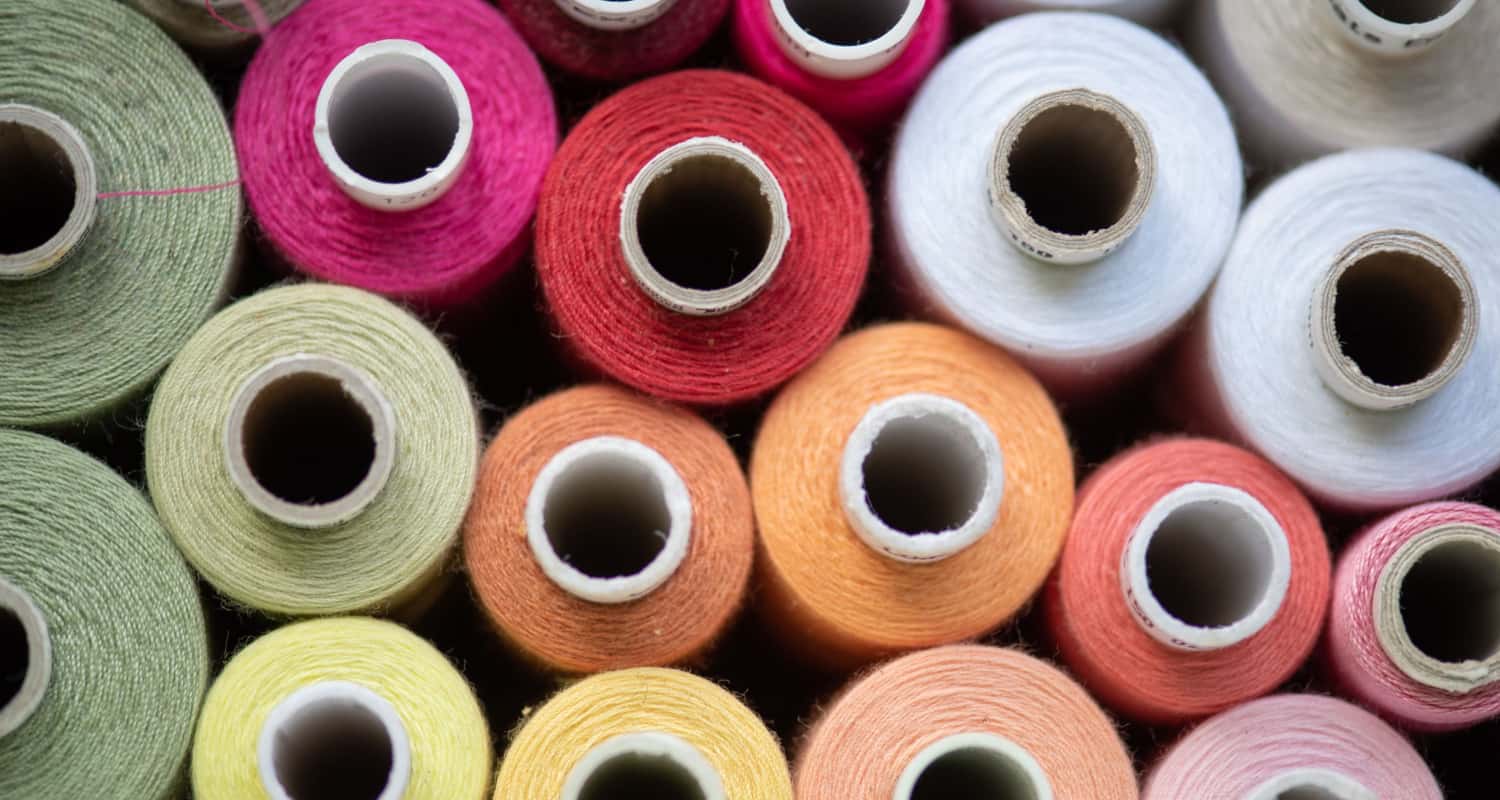
- Appropriately setting up your Sewing machine guarantees that it works without a hitch, limits string strain issues, and assists you with accomplishing proficient-looking fastens. Continuously allude to your machine’s manual for explicit guidelines and changes, as devices might fluctuate in their arrangement and stringing processes.
Quilt Plan and Arranging
Planning and arranging a blanket is an intriguing and innovative flow that establishes a practical Quilting project. Here are a few critical perspectives to consider:
Picking a Blanket Example:
Here’s what you can do. 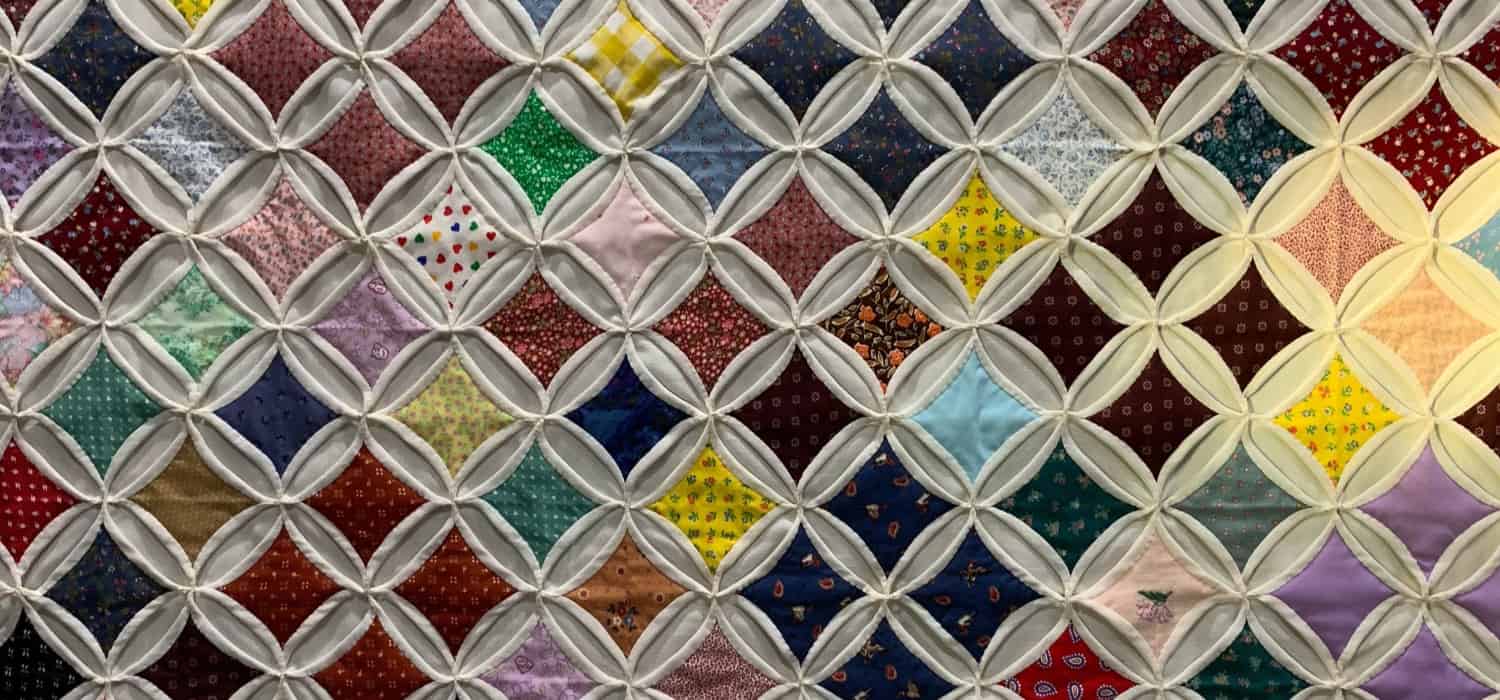
- Select a blanket example that matches your expertise level and individual inclinations. There are endless plans to look over, including conventional blocks, present-day mathematical models, and freestyle plans.
- Think about the expected utilization of the blanket. Could it be said that you are making an enlivening inside decoration, a comfortable comforter, or a practical lap quilt? The example should line up with the blanket’s motivation.
Significance of Arranging:
Here’s what you can do. 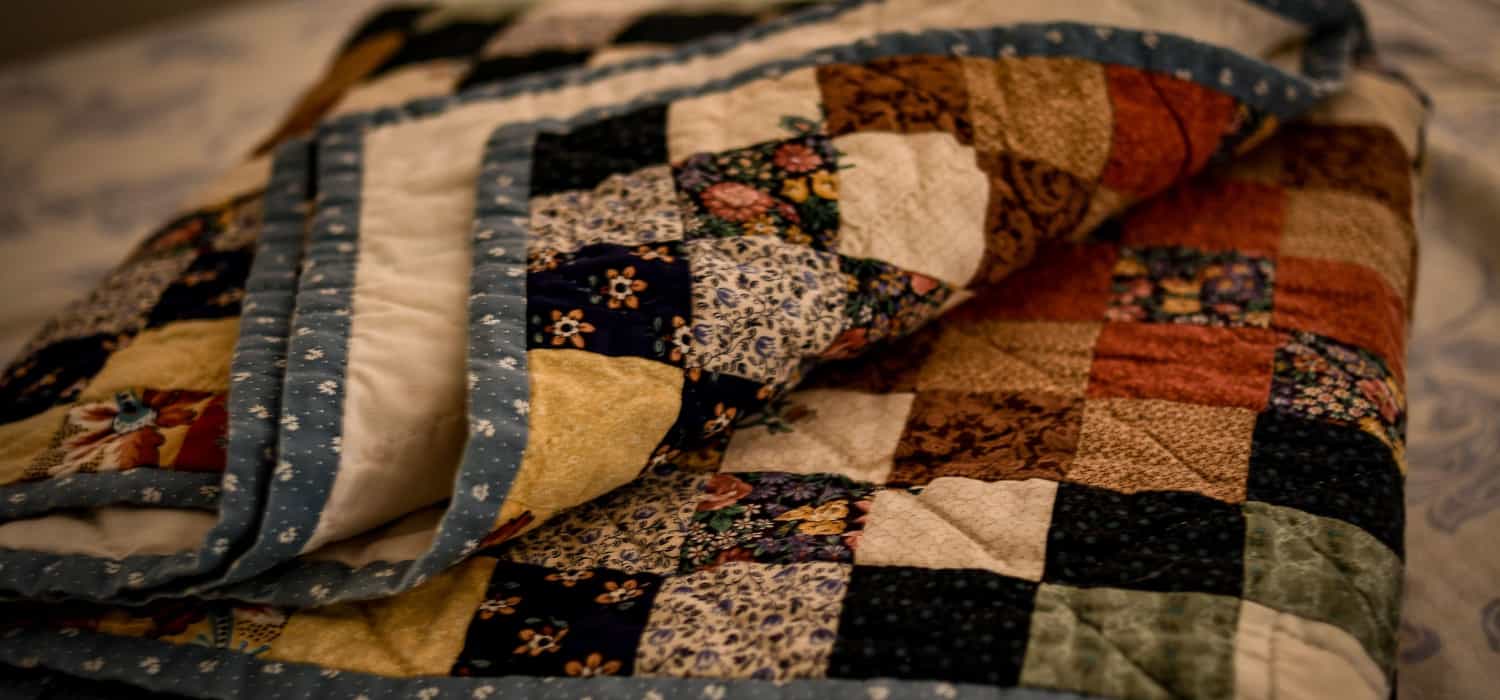
- Arranging is fundamental to guarantee that your blanket turns out how you imagine it. Sketch your plan, make notes, and make various plans to direct your texture determination.
- Work out the texture necessities for your picked example to abstain from running out of material or purchasing an excess.
- Arranging assists you with recognizing expected difficulties in your plan, like precarious creases or complex piecing, so you can get ready as needs be.
Tips for Novices:
Here’s what you can do.
- Consider utilizing precut texture packages or units intended for amateurs, as they frequently incorporate planning textures and directions.
- Keep a predictable 1/inch crease recompense throughout your undertaking to guarantee exact piecing.
- Press your texture pieces with an iron before Quilting to accomplish flawless, level creases.
- Quilting is an expertise that improves with training, so cheer up any underlying difficulties.
- Recollect that blanket plan and arranging are essential for the inventive excursion, and there are no severe guidelines. Your blanket ought to mirror your style and creative vision. With training and experience, you’ll foster your strategies and inclinations for planning and arranging quilts.
Quilt Assembly: Step by Step
How to quilt on a regular sewing machine? Making a blanket includes a few significant stages, from piecing the blanket top to setting up the blanket sandwich and treating it safely. Here is a definite aide:
Piecing the Blanket Top:
Spread out your texture pieces as indicated by your picked quilt design. It is balanced and outwardly enjoyable to ensure the plan. Start Quilting the texture sorted out, utilizing a 1/inch crease remittance. Press the creases open or to the side as determined in your example guidelines. Join the columns together to frame the blanket top. 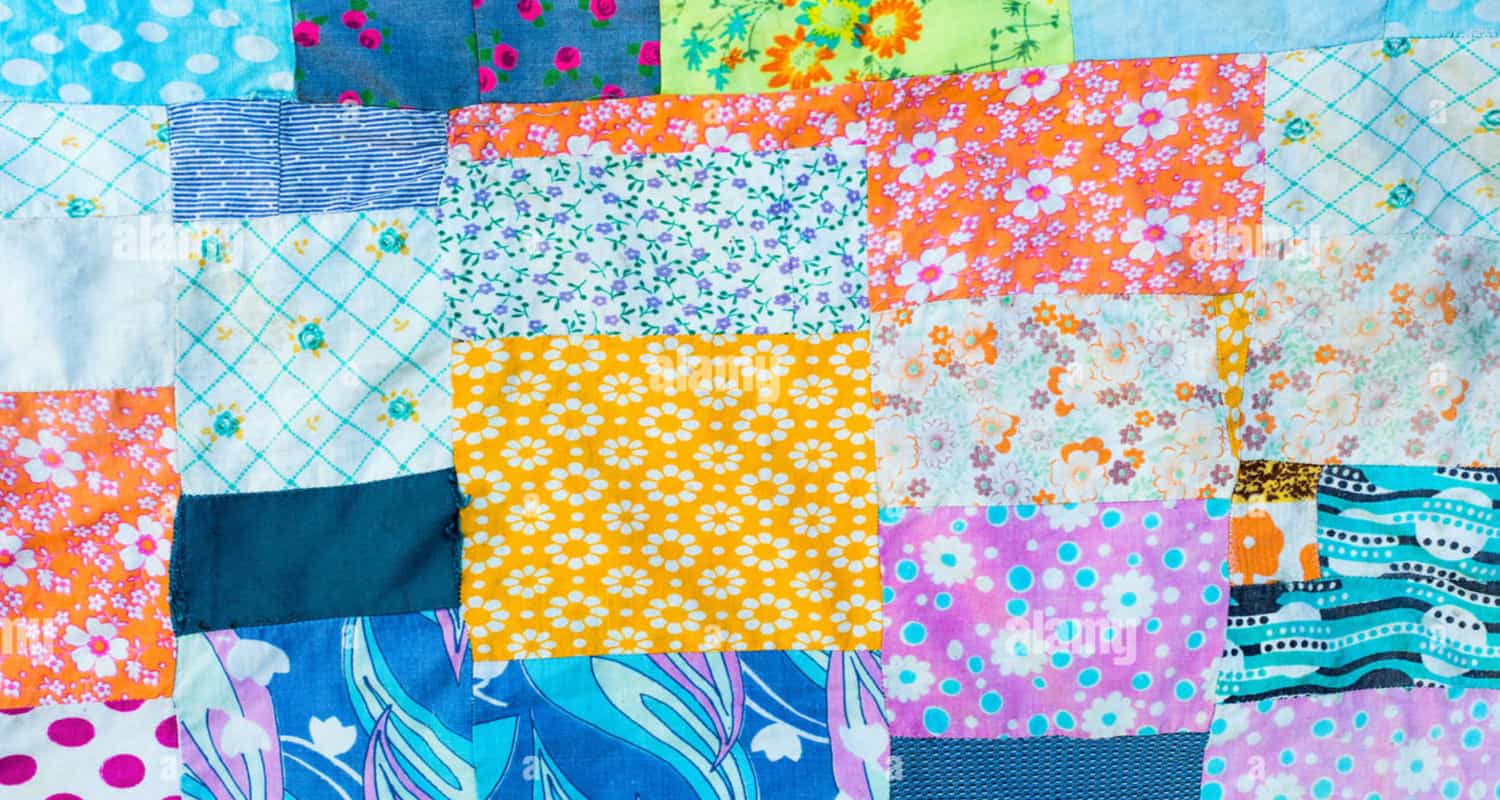 Focus on matching creases and focus on the exact arrangement. When the blanket top is finished, press it level to guarantee a smooth surface. If you wanna know how to Set Up A Sewing Machine, Check out this.
Focus on matching creases and focus on the exact arrangement. When the blanket top is finished, press it level to guarantee a smooth surface. If you wanna know how to Set Up A Sewing Machine, Check out this.
Setting up the Blanket Sandwich:
Lay your blanket support texture on a perfect level surface, the wrong side up. Secure it set up with tape or clips to forestall wrinkles. Put the batting on the sponsorship texture, streamlining any kinks or wrinkles. Focus the blanket top, straight up, on the batting and support.  Guarantee there is sufficient overabundance sponsorship and batting on all sides to represent any moving during Quilting.
Guarantee there is sufficient overabundance sponsorship and batting on all sides to represent any moving during Quilting.
Seasoning Procedures:
Seasoning is briefly getting the layers of the blanket sandwich together to forestall moving during Quilting. There are a few seasoning strategies to browse:
- Self-locking Pins: Utilize bent security pins to get the layers at regular stretches, separating them around inches.
- String Seasoning: Handtreat the layers using a differentiating string and long join. This strategy is more uncommon yet gives excellent control.
- Splash Treating: Apply a transitory glue shower to bond the layers. Adhere to the producer’s guidelines and work in a very ventilated region.
- Quilting Clasps: These helpful clasps can keep the layers intact, particularly for little ventures or while working with thicker batting.
Begin in the focal point of the blanket and work your direction outwards, smoothing the layers as you go to kill kinks and air pockets. Be mindful not to extend the texture during seasoning, which can prompt mutilation. When the blanket is treated, trim any overabundance of batting and support texture to match the blanket top’s edges. 
With the blanket top pieced, the blanket sandwich ready, and secure seasoning set up, you’re prepared to continue toward the Quilting stage. The gathering system is critical to the general progress of your blanket, so take as much time as necessary and guarantee that the layers are smooth and all-around adjusted to accomplish the best outcomes.
Quilting Strategies
How to quilt on a regular sewing machine? Quilting is the most common way of combining the layers of a blanket to add surface, steadiness, and plan. There are different Quilting strategies to browse, each with its novel qualities. The following are three well-known Quilting procedures:
Straight Line Quilting:
Straightline Quilting includes Quilting straight lines across the blanket top. These lines can be equal, converging, or inclining, making a perfect and present-day look. It’s an incredible decision for novices since it doesn’t need progressed abilities or exceptional hardware. Straightline Quilting should be possible with a mobile foot connection on your Sewing machine, guaranteeing even fastens and keeping texture from moving.
Free Movement Quilting:
Free movement Quilting is a further developed method considering complex and creative plans. It includes moving the texture uninhibitedly under the needle, making awe-inspiring, natural examples or nitty-gritty themes. You’ll have to drop the feed canines on your Sewing machine and utilize a darning or free movement Quilting foot to do free movement Quilting. It takes practice to accomplish smooth and controlled Quilting. Free movement Quilting offers artistic liberty and is ideal for adding customized contacts to your blanket.
Quilting in Areas versus Lines/Sections:
Quilting in areas, otherwise called “Quilting as you go,” includes Quilting more modest segments of the blanket exclusively before gathering them into the last blanket. This strategy is valuable for overseeing more considerable activities and complex plans. Quilting in lines or segments includes Quilting the whole blanket in a reliable example, each line or section.  This approach is more typical for little to medium-sized quilts and loans itself well to straight line Quilting.
This approach is more typical for little to medium-sized quilts and loans itself well to straight line Quilting.
Tips for Effective Quilting:
Here’s what you can do.
- Continuously practice your picked Quilting procedure on an example piece to become familiar with the join length, strain, and speed.
- Consider utilizing Quilting gloves or holds to assist with controlling the texture while free movement Quilting.
- Plan your Quilting configuration by denoting your blanket top with Quilting stencils, chalk, or texture markers.
- Keep up with even strain on the blanket layers to forestall puckering or twisting.
- Enjoy reprieves during Quilting to forestall exhaustion and keep up with accuracy.
- Quilting is an imaginative and remunerating part of blanket making. Whether you pick straight line Quilting, free movement Quilting, or decide to sew in areas or lines/segments, every strategy offers remarkable appeal and opportunities for communicating your imaginative vision.
Quilting Enormous Blankets: Tips for Progress
How to quilt on a regular sewing machine? Quilting enormous blankets can be a compensating, however provoking undertaking because of the sheer size and heft of the venture. Here are a few hints to help you oversee and sew huge blankets really:
Dealing with the Blanket Mass:
Utilize a vast, level surface to help your blanket, for example, a roomy table, a committed Quilting edge, or even the floor (with a spotless, dry rug or Quilting sheets). Put resources into quality Quilting gloves with grasps to help you control the texture layers without any problem. 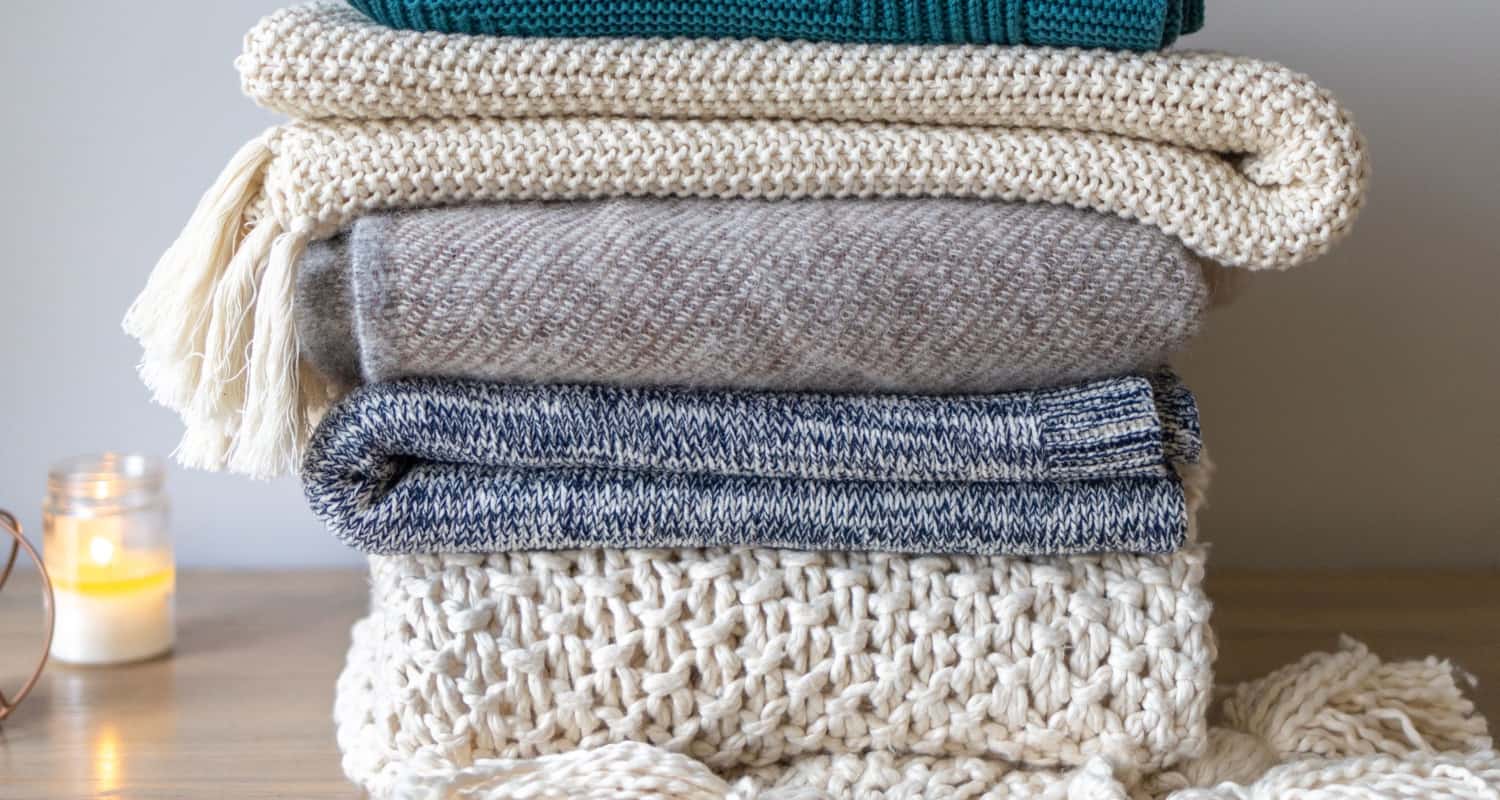
Roll or crease the segments of the blanket you’re not Quilting to diminish how much texture you’re working with at once. This limits the mass under the throat of your Sewing machine.
Quilting in Segments:
Partition the blanket into sensible segments, like quarters or thirds, and tackle each segment in turn. This approach makes Quilting more sensible and less overpowering. Begin Quilting from the focal point of each part and work outward to try not to make a lopsided strain in the texture. 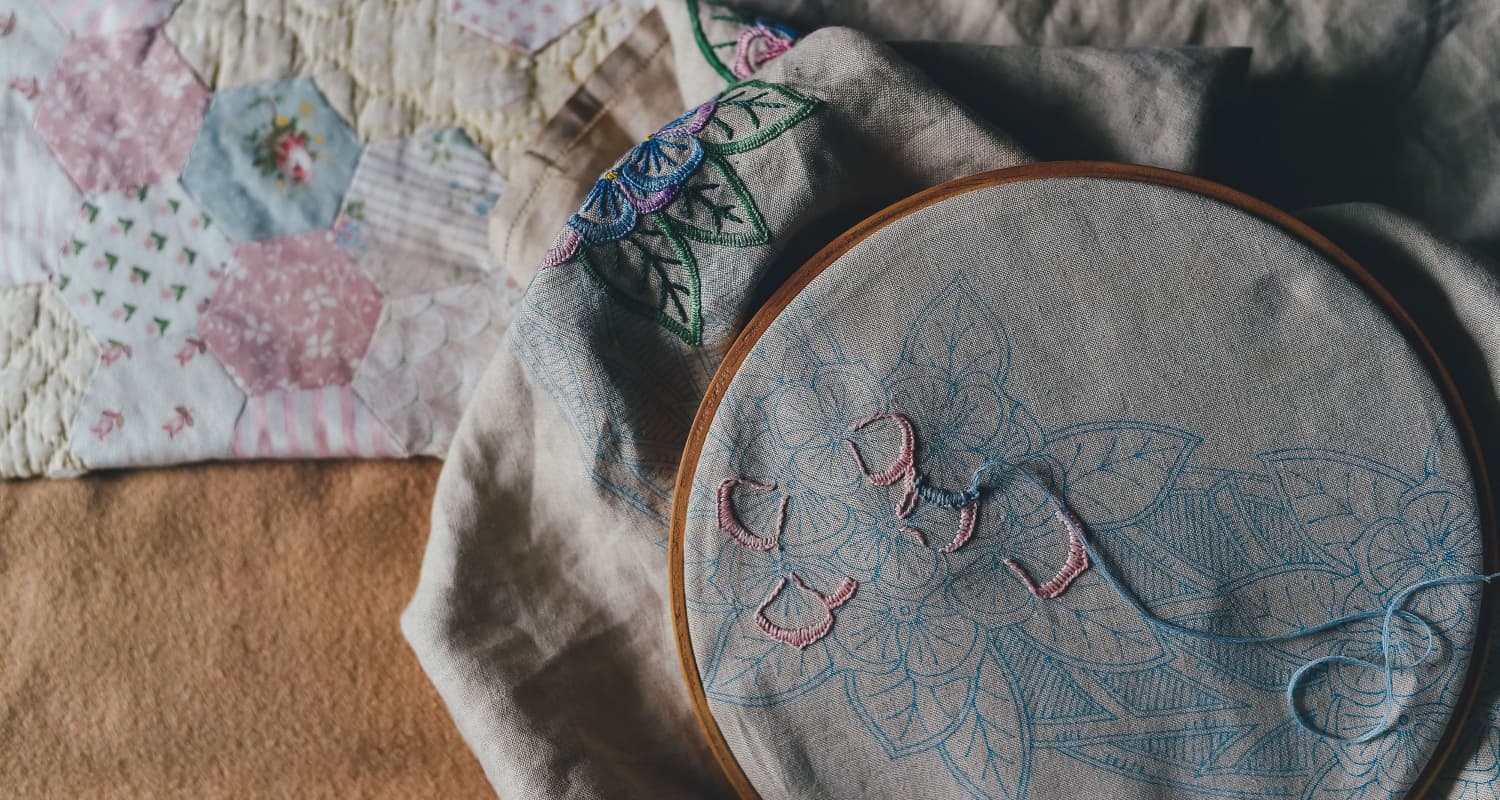
Consider utilizing Quilting clasps or pins to remove the adjoining segments while quilting the ongoing area.
Quilting by Region:
Quilt explicit regions or blocks inside the blanket top before consolidating them. This permits you to zero in on complicated subtleties and guarantees that each part is stitched agreeable to you. 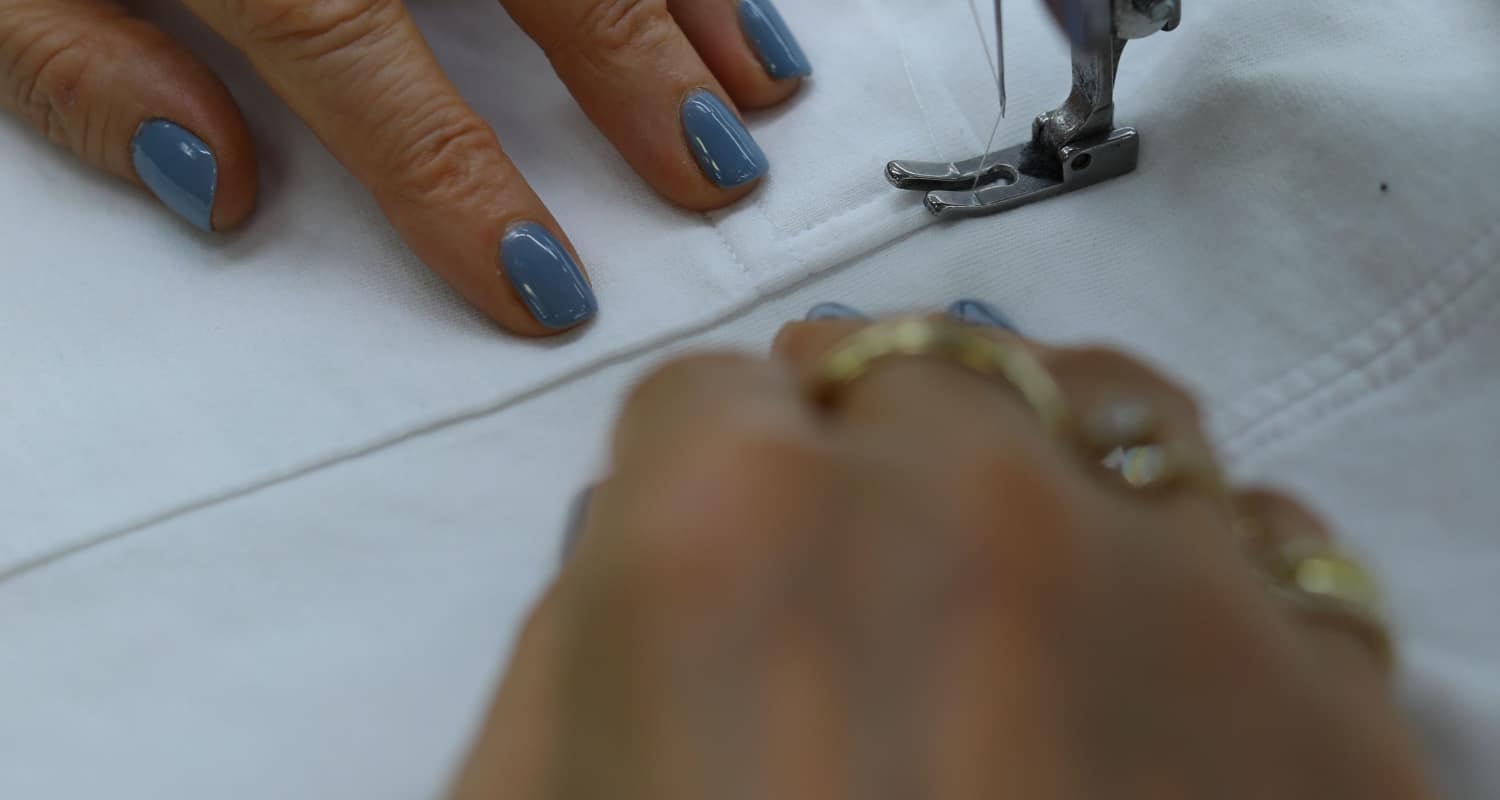 When individual regions or blocks are knitted, combine them utilizing a sashing or a blanket-as-you-go technique.
When individual regions or blocks are knitted, combine them utilizing a sashing or a blanket-as-you-go technique.
FAQS
Presenting you with some FAQS on how to quilt on a regular sewing machine.
How can I use a regular sewing machine for quilting?
Quilting on a regular Sewing machine involves several steps: assemble your quilt sandwich (top, batting, and backing), select your desired quilting technique (e.g., straight line or free motion), lower the feed dogs, adjust tension and stitch length, and quilt following your chosen design while managing the fabric smoothly.
How to quilt on a Sewing machine using threads?
Quilting with threads involves: Selecting an appropriate line for your project. Threading the machine and Bobbin. Setting the tension correctly. Ensure the thread matches your needle and fabric choice, and experiment with different thread weights for other effects.
Can you quilt with a regular Sewing machine?
Yes, you can quilt with a regular Sewing machine. While Sewing machines offer larger throat spaces, standard machines can handle various quilting techniques, especially for more miniature or medium sized quilts. Proper preparation, practice, and patience are crucial to quilting successfully on a regular Sewing machine.
Is quilting with a regular Sewing machine as easy as an automatic one?
Quilting with a regular Sewing machine can be slightly more challenging due to limited throat space and manual controls. Automatic Sewing machines offer convenience, but with practice and proper setup, you can achieve excellent results on a regular Sewing machine, making it a viable option for many quilters.
Conclusion
In conclusion, the proper knowledge and techniques of quilting on a regular Sewing machine and the query “how to quilt on a regular sewing machine” are achievable. While it may present some challenges compared to specialized Sewing machines, these expert tips can empower you to create beautiful quilts. Adequate preparation, thread selection, and mastering tension settings are crucial. Moreover, with dedication and creativity, quilting on a regular Sewing machine can become a rewarding and fulfilling craft, allowing you to express your artistic vision and create stunning quilts for years.
See Also: How to Thread Sewing Machine Needle: Step-by-Step Tutorial

I am Sammy and I blog at Live it. Love it. Make it. It is creative lifestyle blog run by best friends H and Sammy. Head over and follow our crafty adventures!



